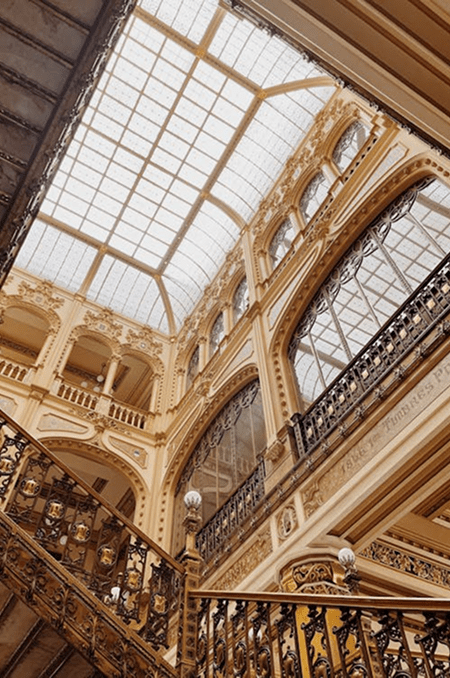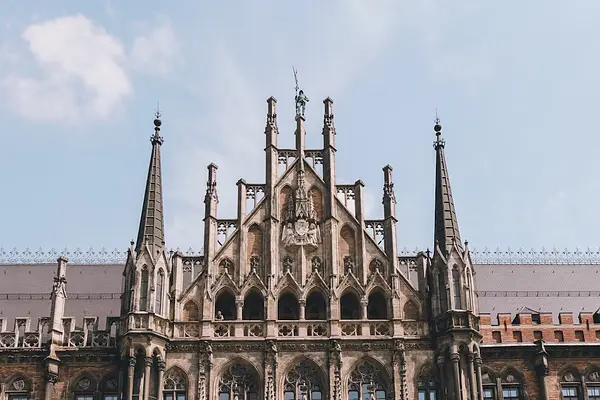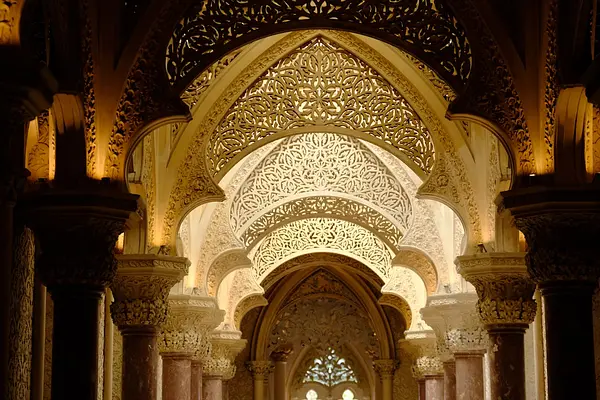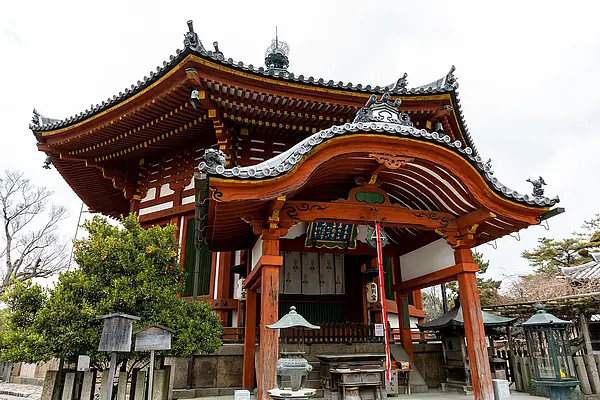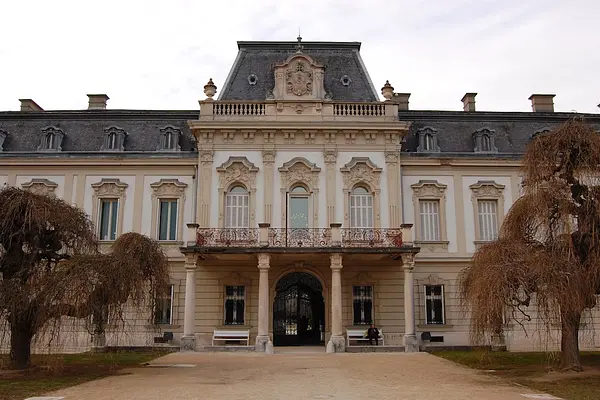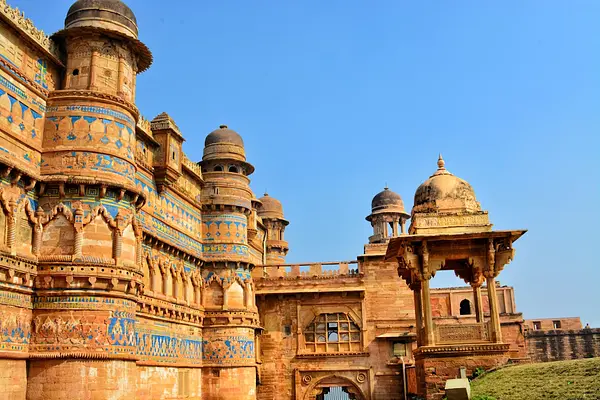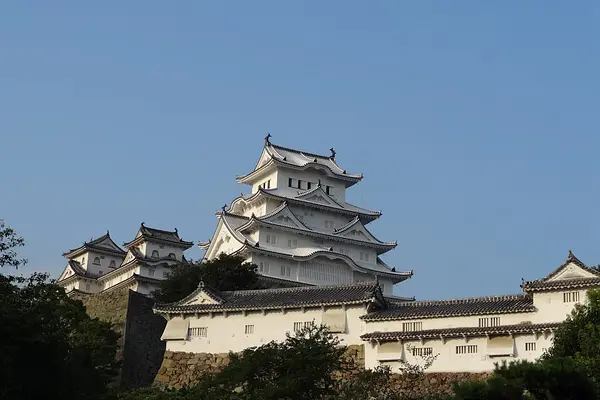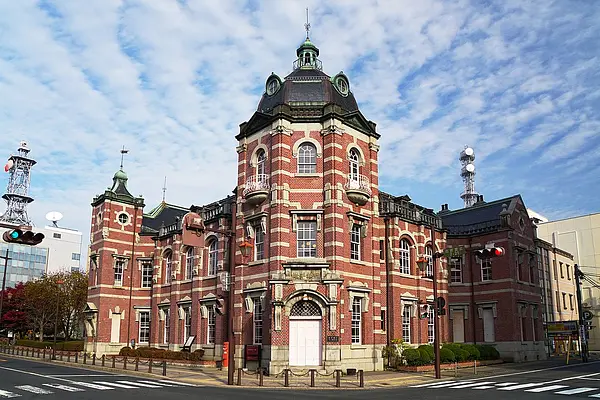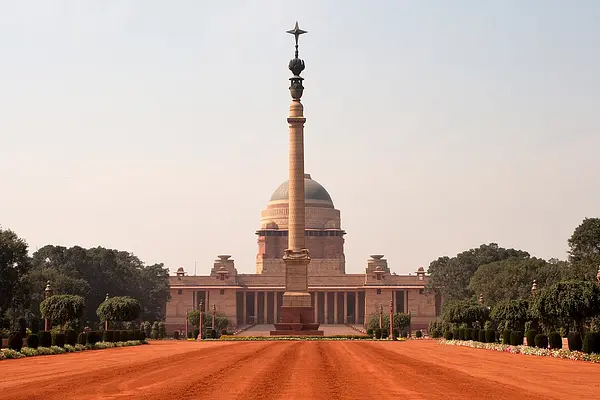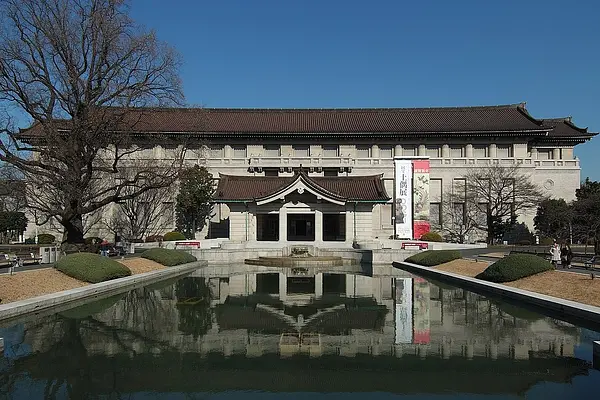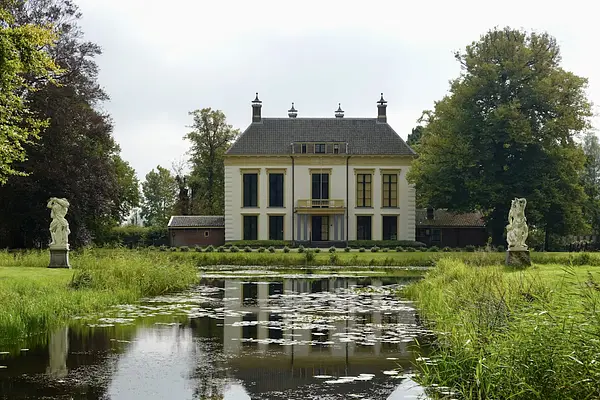To make the most of your stay in a historic property, it’s important to know more about the era it comes from. Every location reflects the culture, way of life, and architectural style of its era. From opulent Baroque details to Japanese simplicity, history lives in every corner—and understanding the story behind it adds more depth and meaning to your stay.
Before 1200
Ancient to Early Medieval
This era represents humanity’s earliest expressions of art, engineering, and architecture. From Buddhist stupas and monasteries to timber-framed shrines in Japan, buildings from this era showcase profound cosmological beliefs and engineering feats.
1200–1600
High Medieval to Renaissance
During this period of spiritual growth, some of the most famous architectural legacies in history were created, including fortified strongholds, elegant noble homes, and religious structures.
1601–1800
Early Modern & Colonial Expansion
As empires expanded and trade networks flourished, architecture became more ornamental and globally influenced. This led to minimalist castles, colonial towns, and elaborate palaces.
1801–1900
Industrial & Imperial Era
The Industrial Revolution transformed economies, and empires expanded their reach. In architecture, this period resulted in opulent, eclectic, and utilitarian buildings. In Britain and its colonies, Victorian and Edwardian architecture flourished, while in France, mansard roofs and wrought-iron balconies were typical. Indian architecture, on the other hand, combined Hindu, Gothic, and Mughal architectural elements in its palaces and public structures.
1901–1950
Interwar & Early Modern Heritage
This age became a time of stylistic evolution in architecture amid wars, independence movements, and rapid global changes. Early modernism, the Art Deco movement, and transitional styles that blended tradition and innovation all flourished during this time.
1951–Present
In the postwar era, modernism spread globally with an emphasis on clean lines, open spaces, and sustainable materials. Across the globe, historic properties like ancient monasteries and country estates are preserved or reinterpreted as boutique accommodations that celebrate their origins while embracing present-day comforts.
